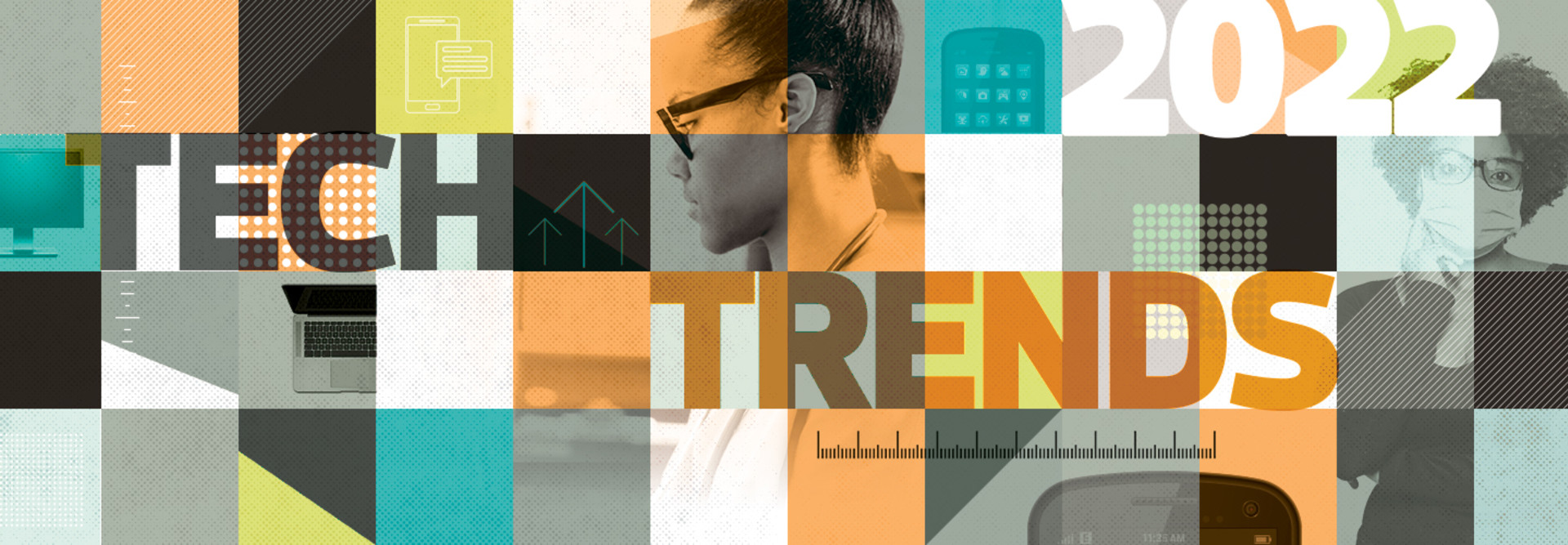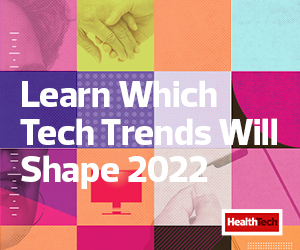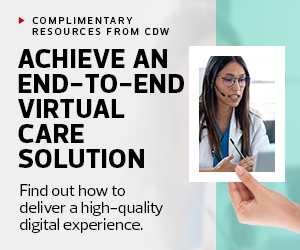1. The Continuous Delivery of Care
In 2021, 52 percent of healthcare CIOs named patient engagement technology as a top focus for the industry, based on research from Stoltenberg Consulting. That will continue into the new year as the trend toward holistic care grows, with nurses leading the way.
Patients want more from their healthcare, including actionable insights and better communication, which is leading to the desire for digital-first interactions and on-demand services. Nurses will play a vital role in connecting patients to their preferred care setting.
“I'm a big believer that technology can't replace high-touch. We've got to be smart enough to ask, how do we build these high-tech but high-touch solutions for patients?” Taylor says.
OneFifteen launched in 2019 in partnership with Verily, the life sciences organization of Google parent company Alphabet, and has its flagship campus in Dayton, Ohio. During the pandemic, Taylor says, the move to telehealth helped promote continuous treatment and healthcare access.
Construction workers, for example, were able to have telehealth visits with a nurse practitioner from inside their work vehicle, rather than having to scramble for an in-person appointment. “Many of them will say, ‘You know, I probably wouldn't still be in treatment if I didn't have this option, because the clinic may be closed at 5:00 p.m. when I get off work and I can't get my meds, or I don't want to take time off work because I don't have time built up,’” Taylor says.
DISCOVER: Learn why including nurses in the conversation helps reduce EHR burden.
“I think technology really helps reduce barriers to care in many ways,” she adds. “It’s helped with meeting people where they are with access to care.”
As a nurse, Taylor trained in intensive care units, and she remembers the frustration of sifting through a paper-based medical record. The move to electronic medical records systems and ongoing digital transformation have greatly increased consistent communication and access to information, which ultimately improves connections to care.
Verily analytics tools and a mobile health app help connect care teams and patients to important health information. “Being able to integrate the information we get from a patient, whether it's looking at blood pressure, their self-reported outcomes and what their physician is seeing when they take a measurement — to be able to connect all of that information, it’s just so fantastic to have that whole-person look,” Taylor says.
That integrated approach means that all aspects of health are included. For example, a patient with hypertension and diabetes will certainly connect with specialists, but behavioral health will also be a key factor in treatment.
“We really are managing that patient much more holistically,” Taylor says, “Technology helps by making that information available electronically.”
Nursing has always had a patient-centered approach to care, Taylor adds, and that will continue to guide the profession into the future.
“Nurses bring the message that we don’t exist without the people we serve, including their well-being; the people we serve go in the center,” Beverly Malone, CEO of the National League for Nursing, said in an April 2021 Nursing Outlook article. “Nursing has the opportunity to step out front, but it is not by ourselves; it’s about true collaboration.”
Click the banner below to focus your virtual care strategies for the future.













